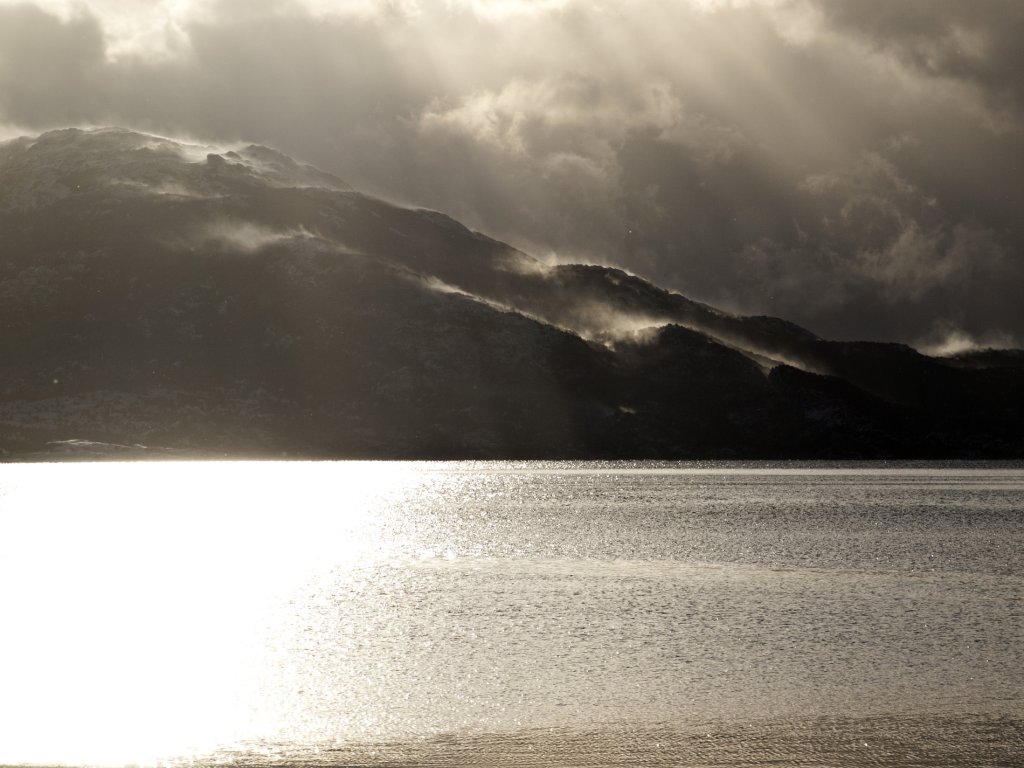This article was originally published in English by Crowfoot Media. We have translated and slightly adapted the text in consultation with Kevin Hjertaas and Meghan Ward. Kevin was involved in an avalanche accident in 2020 in which one person died, which he refers to here. In this text, together with author Meghan, he talks about life afterwards and incorporates advice from a trauma psychologist into his personal story. Content warning: This article is about traumatic avalanche accidents and suicidal thoughts, among other things.
Avalanche blasting is a great job that I was able to do for a few years with a great crew. The work was hard, but we mostly enjoyed it, even though we were aware of the danger. When we had to blast near the lifts, a colleague often joked that he would drive to the parking lot, jump in his car and run off to Mexico "in case everything went really wrong". It was meant as a joke to take some of the tension out of the stressful situation. I don't think it was ever a real plan.
Never the less, Mexico kept popping up in the back of my mind when everything went wrong for me. I was on a ski tour with a friend and his partner. We triggered an avalanche. Our friend was buried deep under it. We tried to rescue her for over an hour. The trained automatisms worked - avalanche beacon search, probing, shoveling, emergency call. We worked. Years of training make you efficient. We were focused and fast on the outside, desperate on the inside.
You can practise reacting correctly in an emergency. With enough training, you'll be able to do it even in extremely stressful situations. We couldn't save our friend's life, but we were closer than we would have been without the emergency plan we had practiced many times.
The Mexico idea, on the other hand, seemed completely useless.
When I think back on it now, months later, I have the impression that my subconscious jumped to the next problem in the chaos of the moment. It went through the list of saved emergency plans and already knew that I would need a new plan in the valley. The old joke about escaping to Mexico was the only thing under "in case it all goes really wrong".
A plan for afterwards
As a mountaineer, you read a lot of obituaries and articles about the lives and deaths of those who die in the mountains. In mountain accidents, people are taken from us from one moment to the next. There is no time to prepare or say goodbye. Our friends leave in the morning and never come home. If you choose this kind of life, you are likely to face tragedy at some point. Maybe the loss stays at arm's length, maybe one day it hits you right in the heart. We prepare for the worst case, but we hardly think about what comes after the worst case.
Janet McLeod works as a psychologist in Canmore, Canada, and specializes in trauma recovery for people who deal professionally with tragedies on the mountain. McLeod recommends seeking professional help as soon as possible after a traumatic incident, otherwise the trauma becomes ingrained and it may be difficult to get rid of it. Shortly after an accident, many people don't feel that they need help. It makes sense to make a promise to yourself beforehand that you will seek help, says McLeod. She suggests including therapeutic support as another checkbox in your personal emergency plan, as an item to be checked off. "This tactic can seem radical because our culture places a high value on dealing with everything ourselves," says McLeod.
When an incident changes our lives, panic and anxiety drive us to take action - the actionism is sometimes dramatic. McLeod warns: "Slow down! We shouldn't try to move on too quickly. Wanting to fix everything quickly is a survival reflex, but such problems can't be solved in a hurry." For a while, we can get by on adrenaline after an accident, but at some point that's no longer possible. And then comes the crash.
McLeod has already experienced these mechanisms first-hand. In 2002, she was involved in a pile-up. Cars flew through the area, glass shattered around her. There were several fatalities. But immediately after the accident, she was so happy to be alive, so psyched up by the massive dose of adrenaline, that nothing hurt her and she announced to her colleagues that she would of course be back at work after the weekend. Then on Monday she was in a lot of pain and had suicidal thoughts.



